Alfredo and Isabel Aquilizan
See/Through
9 October–18 December 20219 Oct–18 Dec 2021
Alfredo and Isabel Aquilizan create large-scale artworks that engage with ideas of home, family, memory, sustainability, migration, and Australia–Asia relations. The husband and wife team create collaborative installations, where these notions can be processed and explored, utilising materials and objects that are embedded with cultural, historical, and social narratives.
In this newly commissioned installation, a focus on Filipino textile and fibre traditions expands on the Aquilizan’s existing practice. Emblematic of their collective and community-centred approach to making, the duo have collaborated with weavers from different parts of the Philippine archipelago to create a large-scale installation from intricate fibre work. The weavings include piña cloth made from the leaves of pineapple plants. Assembled together, the fabrics are layered with hand-embroidered symbolism evoking stories, connections and places and histories embodied within the translucent materials.
Alfredo and Isabel Aquilizan and their family moved from the Philippines to Australia in 2006. Drawing on their experiences of displacement and moving between places and cultures, their collaborative artworks engage with ideas of migration, diaspora, belonging, and memory. Their art practice spans over 20 years, in which they have shown in numerous exhibitions and biennales throughout Australia and internationally. Their work has been featured in the Asia Pacific Triennial of Contemporary Art, Queensland Gallery | Gallery of Modern Art; the Biennale of Sydney; the Singapore Biennale; and the Venice Biennale among others. Their project In-habit: Project Another Country, was shown at the Sherman Contemporary Art Foundation, Sydney in 2012, the 21st Century Museum of Contemporary Art in Kanazawa, Japan, and travelled to venues throughout regional Queensland and New South Wales (2013–2019).



















